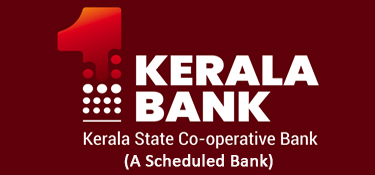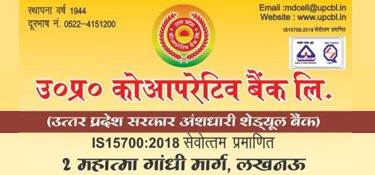By Mohan Mishra, Director, NCUI
It is disheartening to note that the Union Budget 2012-13 had nothing for the Indian Cooperative Movement rather it reaffirms the facts that the government is blind to the sector despite this sector having made remarkable progress.
It has done quite well in the field of rural credit, fertilizer, dairy, sugar, consumer, fisheries, labour, housing, distribution of agriculture inputs, marketing, storage etc. It is not surprising that the Union Budget has ignored the sentiments and hopes of 6 lakhs cooperative societies with a membership of over 25 crores with 100% coverage of rural areas.
In a bid to achieve the elusive 4% farm growth, the Union Budget 2012-13 has proposed Rs. 1 lakh crore increase in Agriculture Credit target for 2012-13 while proposing 18% high in allocation to agriculture sector to Rs. 20208 crore.
There is a clear cut thrust on the Second Green Revolution, with the focus on irrigation. It has proposed a 13% jump in allocation to irrigation to Rs. 14242 crore. Agriculture cooperatives will play a pivotal role for the success of Second Green Revolution in order to achieve food self-sufficiency as well as developing the rural infrastructure.
The agriculture in the country has more than 90,000 primary agriculture cooperative societies handling credit, supplies of agriculture inputs, marketing and storage activities. The higher allocation of the resources for the cooperative in these areas is the need of the hour and proactive government support otherwise it will be a distance dream to witness the Second Green Revolution in the country with sustainable and inclusive growth.
The Finance Minister said in his budget speech, that he proposes to raise the target for agriculture credit in 2012-13 to Rs. 5,75,000 crores. However, the interest rate on crop loans for those farmers who pay on time has been kept unchanged at 4% and there is also proposed allocation of 10,000 crore to NABARD for refinancing regional rural banks to disburse short term crops loans to small and marginal farmers.
The NABARD has to play a proactive role for strengthening the cooperative rural credit institution in the country and identify new area and initiative for cooperatives in financial inclusion. The Kisan Credit Card will be also modified to use them through ATM. It will boost agriculture credit available to the farmers provided the cost of funding of ATM machines is born by NABARD.
The outlay under Rashtriya Krishi Vikas Yojna (RKVY) has also been raised by over 17% to Rs. 9217 crore. The cooperative can focus in the areas of development of major crops, machanisation, soil health, horticulture, integrated paste management, practices, marketing development, extension service etc. through participation in the RKVY scheme.
The budget allocation for bringing green revolution in Eastern India have also been increase by Rs. 1000 crore. The Eastern India can show good results in the green revolution by strengthening the PACS in the cooperatively under developed region. This will not only strengthens the agriculture activities but also creates the job opportunities through cooperative enterprises for the local area and reverse the migration by making rural living more attractive.
The budget also proposes a national mission on food processing to provide thrust to the sector. The marketing, processing and consumer cooperatives will have ample opportunities to strengthen its activity by diversifying in food processing sector which is a sun rise sector of Indian economy.
We know that three fourth of the India population depends upon agriculture and allied activities and there is a continuous fall of share of agriculture in India’s GDP since 1991. It has been felt that the rural population has not been given its due share from the countries rapid economic growth due to callus attitude of the policy maker towards cooperative sector. We are not hesitant to say that unless due recognition is being given to cooperative it will be difficult to revive agriculture and rural India in future.












































